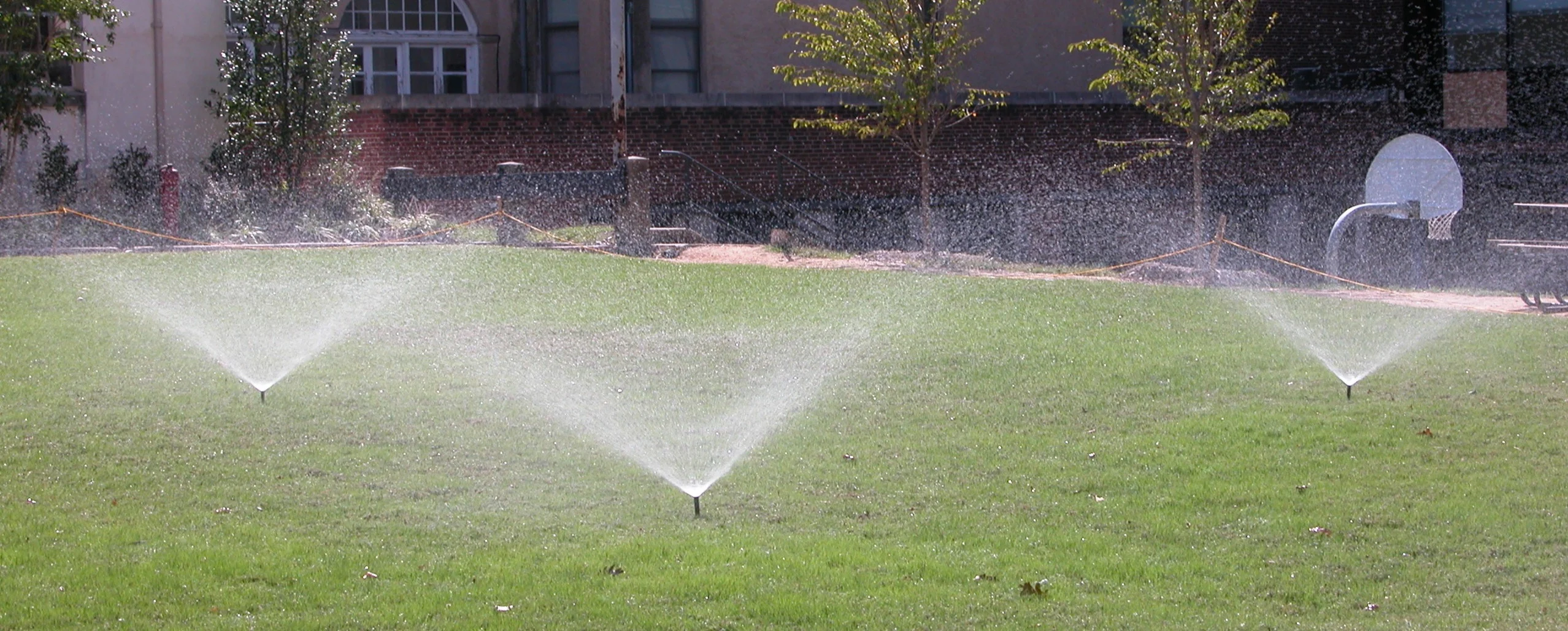As the chilly winds of winter give way to the warmer, sunnier days of spring, it’s the perfect time to ensure that your water systems are ready for the new season. Whether you’re preparing irrigation systems, plumbing, or simply checking the water quality, proper spring maintenance can prevent costly repairs and optimize efficiency throughout the warmer months.
In this post, we’ll guide you through the essential steps for getting your water systems ready for spring, so you can start the season on the right foot.
1. Inspect Your Plumbing
Over the winter months, freezing temperatures can lead to damaged pipes, especially in areas that are not insulated properly. Before the warm weather sets in, it’s important to inspect your home’s plumbing system for any signs of damage. Look for:
- Cracks or leaks: Pay special attention to exposed pipes in unheated spaces like attics, basements, or crawl spaces.
- Drips or dampness: Check under sinks and around pipe connections for moisture, as this could indicate slow leaks.
- Frozen pipes: If you experienced frozen pipes during winter, inspect them carefully for any cracks or breaks, as these could cause leaks when the system is back in use.
If you find any signs of damage, it’s best to call a professional plumber to make repairs before the system is put into full use.
2. Check Your Water Heater
Your water heater is one of the most important components of your plumbing system. If it hasn’t been checked in a while, the springtime is a great opportunity to ensure it’s functioning efficiently.
- Flush the tank: Sediment can build up in the tank over time, which can lead to poor performance and even premature failure. Flushing your water heater once a year can extend its lifespan and improve its efficiency.
- Check the temperature: Set the thermostat to 120°F to avoid scalding and save on energy costs.
- Inspect for leaks: Examine the area around your water heater for any signs of leaks. Leaking water heaters should be replaced as soon as possible to prevent water damage and mold growth.
3. Clean and Test Irrigation Systems
Spring is the time when your garden or lawn starts to need more water, and an efficient irrigation system will ensure your plants get the hydration they need without waste. Before you begin using your system, follow these steps:
- Check for blockages: Make sure all sprinkler heads, hoses, and drip lines are clear of debris, dirt, and clogs.
- Inspect the timer: Test the irrigation controller to ensure it’s working properly. Reset any settings for the new season if necessary.
- Look for leaks: A leaky irrigation system wastes water, so check all connections and hoses for any signs of leaks.
- Test the water pressure: Ensure the water pressure is adequate and that all zones are receiving an even distribution of water.
A properly functioning irrigation system will not only conserve water but also keep your garden healthy.
4. Prepare Your Outdoor Faucets
Outdoor faucets are often overlooked during winter, but they can be prone to damage due to freezing temperatures. Follow these steps to ensure your outdoor faucets are in working order:
- Inspect for leaks: After turning the water back on, check all outdoor faucets for leaks or drips. Repair any issues immediately to prevent wasting water.
- Remove hoses and store them: Take the time to remove hoses from outdoor spigots, as this prevents freezing and cracking. Store hoses in a dry location until you need them again.
- Install frost-free faucets (if needed): If you live in a region with cold winters, consider upgrading to frost-free outdoor faucets. These prevent pipes from freezing and can be a great long-term investment.
5. Check Your Water Filtration System
If you use a water filtration system, it’s crucial to inspect it before the season kicks off. Filters, especially those used for drinking or in refrigerators, need to be changed regularly for optimal performance.
- Replace filters: Check the manufacturer’s recommendations for when to replace the filters, and change them if needed.
- Test the water: If you’re unsure about the water quality in your area, consider testing it for things like pH, chlorine levels, or potential contaminants.
- Clean the system: Over time, water filters can accumulate minerals or debris. Give the system a thorough cleaning to maintain its efficiency.
Conclusion
Spring is a time of renewal, and it’s also the perfect opportunity to ensure your water systems are in top condition for the season ahead. By taking a few simple steps to inspect, clean, and repair your plumbing, irrigation systems, and water filtration, you can prevent problems, conserve water, and enjoy a smooth-running system throughout the warmer months. Taking the time to prepare now will save you hassle (and possibly money) down the road.
Happy spring, and here’s to clean, efficient water systems all season long!






